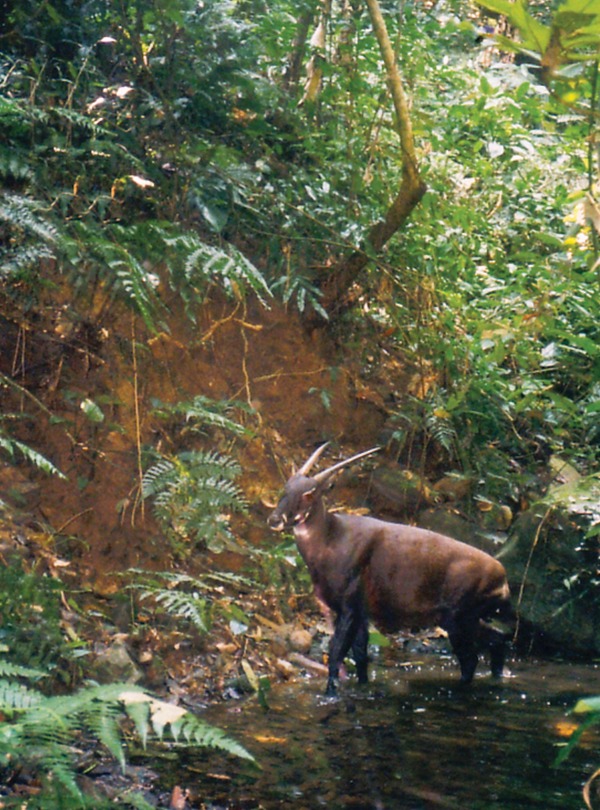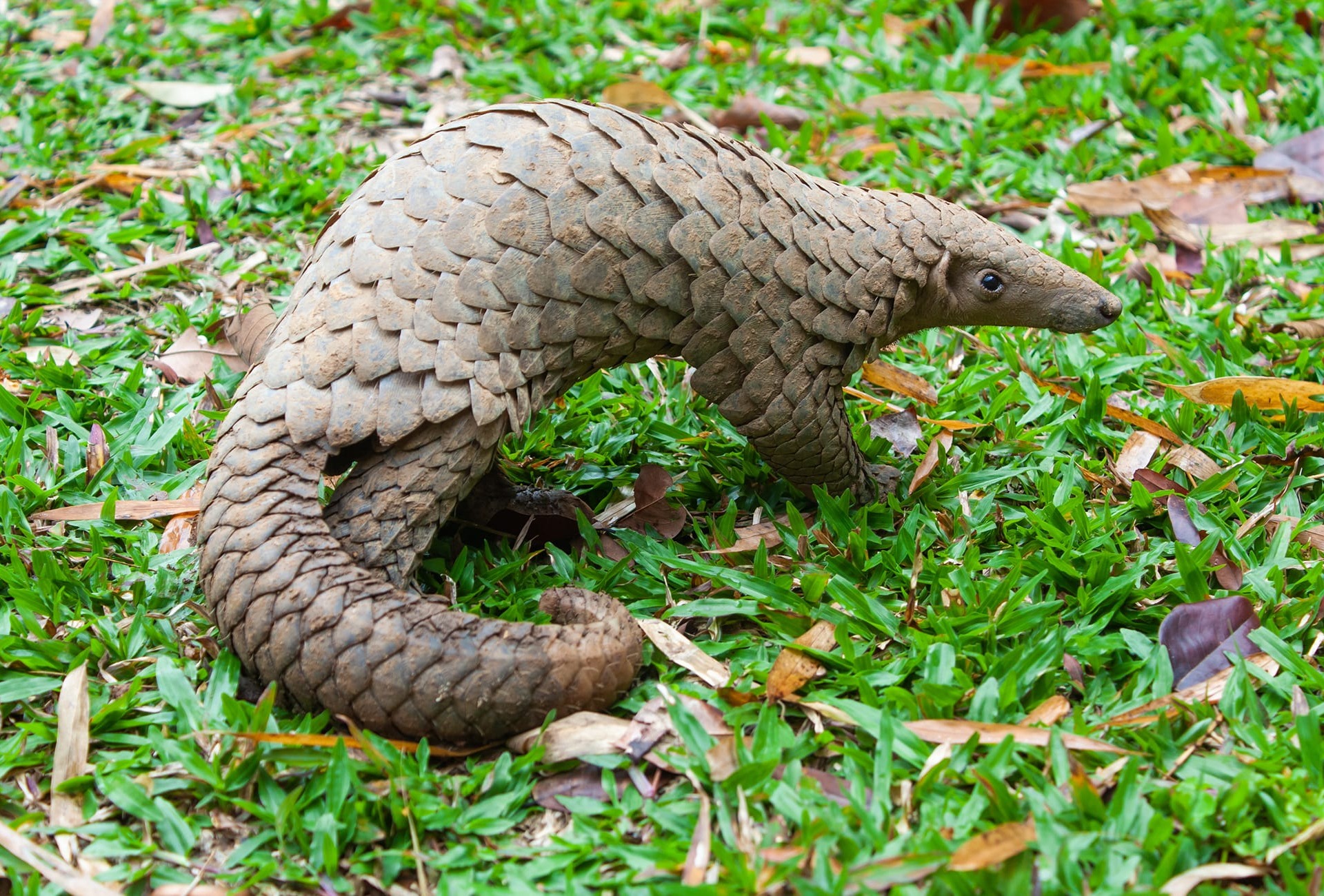
Create a Refuge for Asia’s Rarest Birds and Mammals
Support More Work Like ThisSupport More Work Like ThisCritically endangered species are being pushed closer to extinction as poaching and commercial interests threaten to destroy their habitat in central Laos’ old-growth forests.
-
Species at Risk
Large-antlered Muntjac (CR), Sunda Pangolin (CR), Chinese Pangolin (CR), Big-headed Turtle (CR), Red-shanked Douc Langur (CR), Northern White-cheeked Gibbon (CR)
-
Carbon stored
20,811,842 mT*
*(metric tons of CO2 equivalents) -
Partner
Wildlife Conservation Society
-
151,428 Proposed Acres Conserved by
Designation
-
Project Cost: $1,540,000
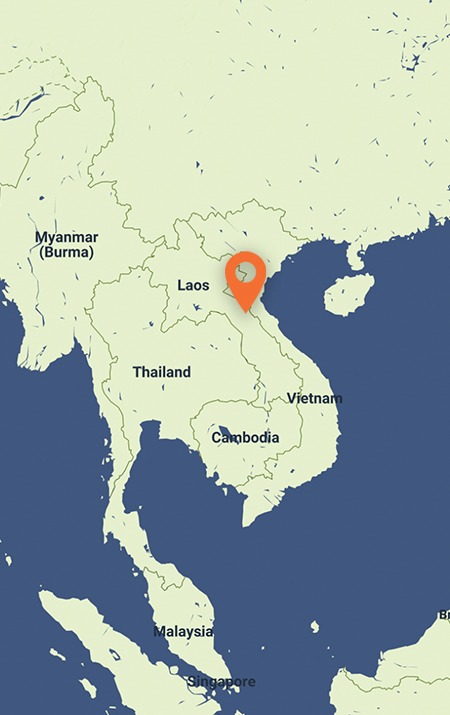
151,428
Critically endangered species are being pushed closer to extinction as poaching and commercial interests threaten to destroy their habitat in central Laos’ old-growth forests.
-
Species at Risk
Large-antlered Muntjac (CR), Sunda Pangolin (CR), Chinese Pangolin (CR), Big-headed Turtle (CR), Red-shanked Douc Langur (CR), Northern White-cheeked Gibbon (CR)
-
Carbon stored
20,811,842 mT*
*(metric tons of CO2 equivalents) -
Partner
Wildlife Conservation Society
-
151,428 Proposed Acres Conserved by
Designation
-
Project Cost: £1,320,244

151,428
Cross-border poaching, illegal logging and the potential of major road construction threaten Laos’ wildlife and life-sustaining habitat. Here, the humid evergreen forests of Southeast Asia’s Annamite Mountains shelter thousands of species of plants and animals, including some of the rarest on Earth.
Populations of many species are declining, including the Large-antlered Muntjac, Sunda Pangolin, Chinese Pangolin, Vietnamese Crested Argus and the Big-headed Turtle. Laos is also home to the elusive, Critically Endangered Saola, known as the “Asian Unicorn.” Due to the scarcity of the species, it is difficult for scientists to estimate population numbers, but based on reported sightings, it is likely that no more than a few hundred remain.
Rainforest Trust and our partner, Wildlife Conservation Society, are working to safeguard 151,428 acres in Laos. The proposed Eastern Bolikhamxay Mountains National Protected Area will encompass the southern half of the Eastern Bolikhamxay Mountains and include the headwaters of the Nam Chat and Nam Pan rivers.
Explore Laos’ Biodiverse Wildlife
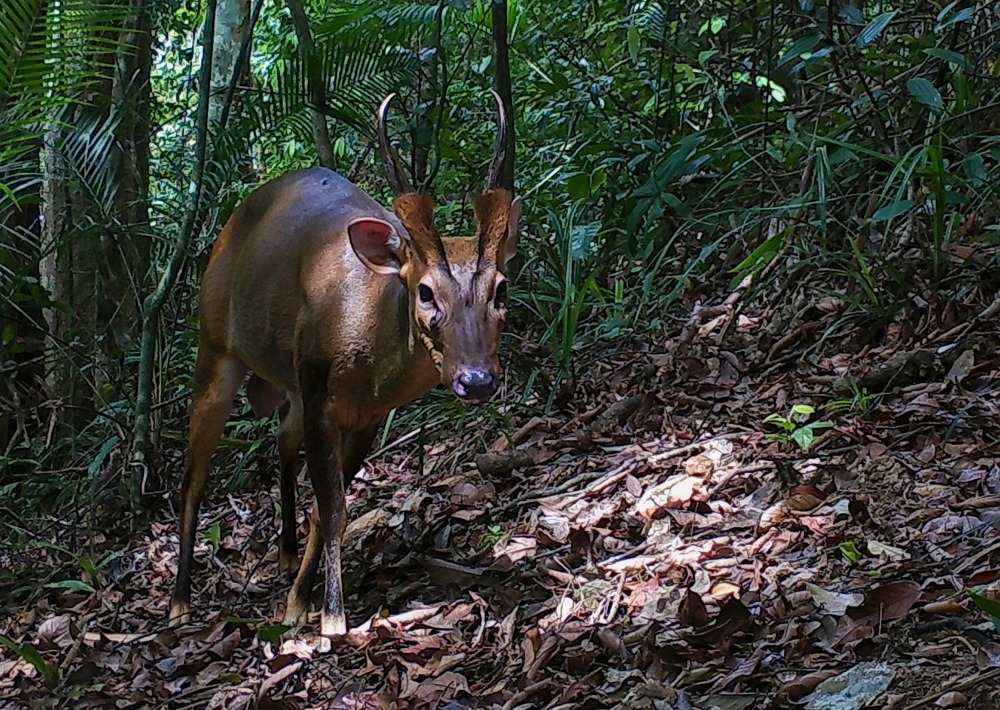
Large-antlered Muntjac, © SWG/GoL/LWCA
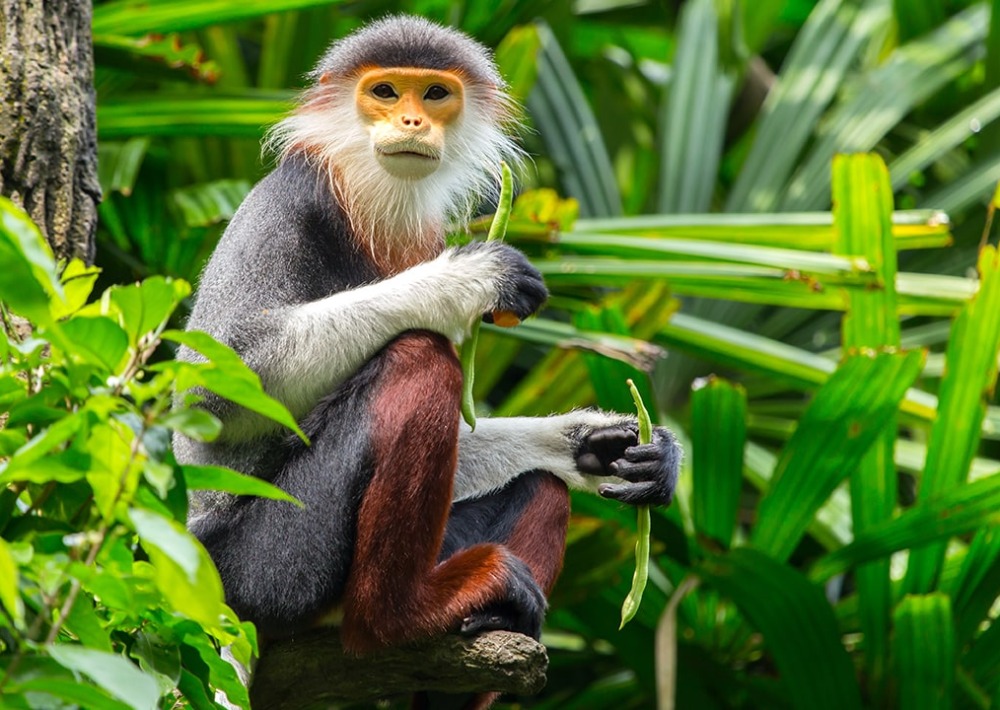
Red-shanked Douc Langur, by nattanan726/shutterstock
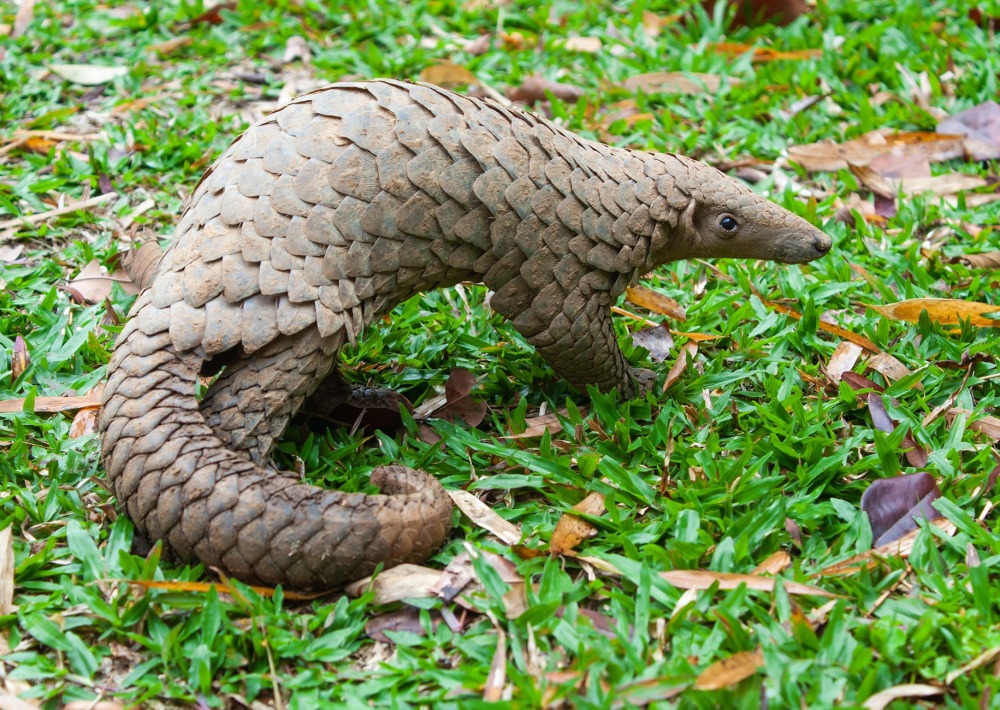
The Sunda Pangolin, also know as the Javan Pangolin, by Binturong Tonoscarpe
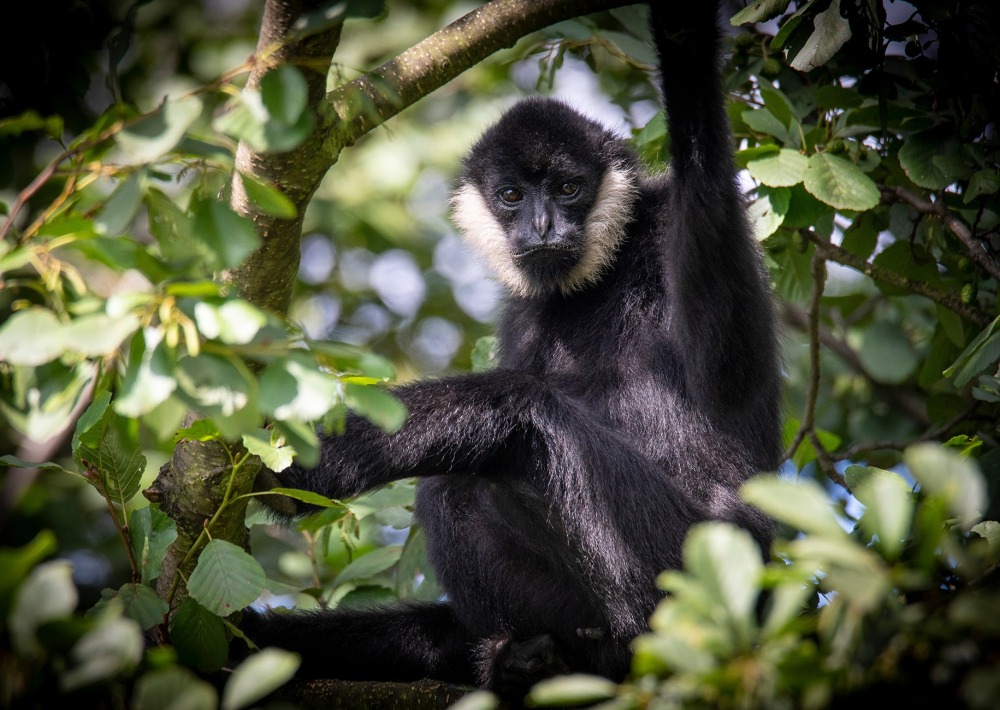
Northern White-cheeked Gibbon, by Milan Vachal
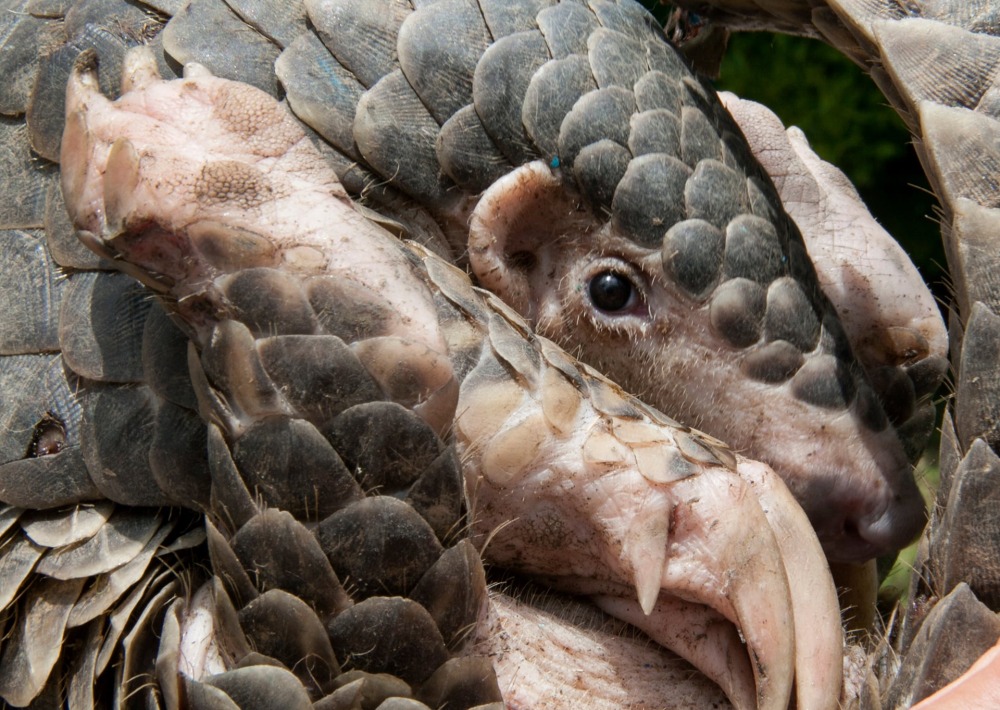
Young Chinese Pangolin, by Prafulrao
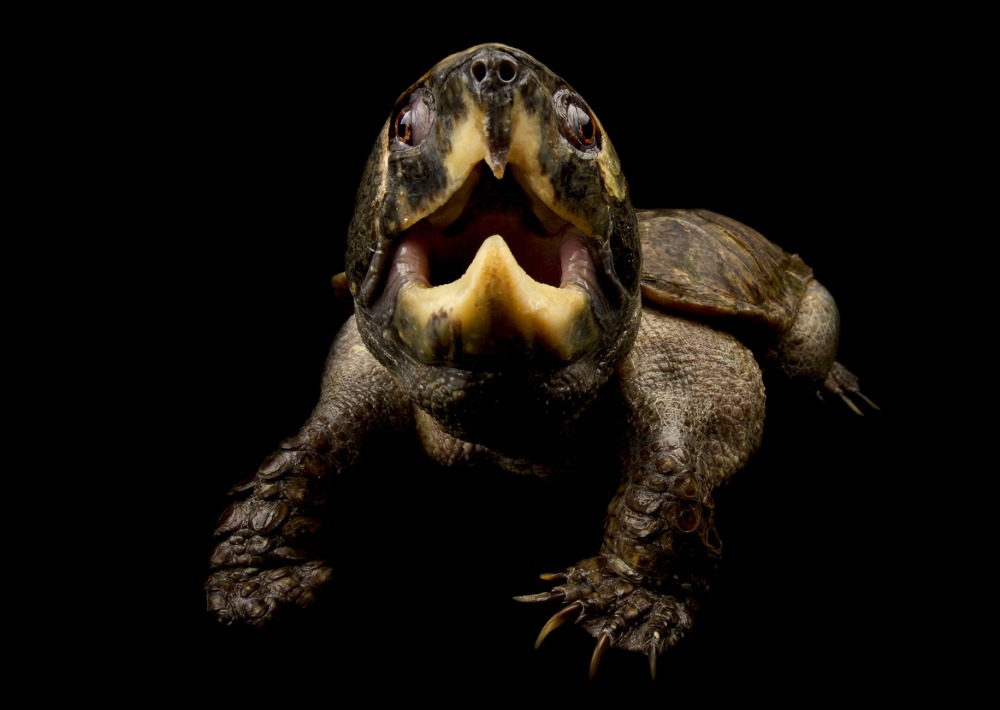
The Big-headed Turtle, by Reptiles4all
Old-growth forest covers
of this project's landscape
Protect Primates from Poaching
The project area shelters Northern White-cheeked Gibbon, a primate that is extinct in China and declining in Vietnam’s protected areas due to hunting for the pet trade, medicine and local consumption. Its largest remaining population lives in Laos. The colorful Red-shanked Douc Langur, endemic to the Annamite Mountain range, is also threatened by hunting.
Save a Unique, Carbon-Rich Ecosystem
With its long rainy season—lasting up to 10 months a year—the wet evergreen forest of the Nam Chat-Nam Pan region is a globally significant terrestrial habitat supporting exceptionally high plant endemism. The proposed project area stores more than 20.8 million metric tons of CO₂ equivalents, comparable to the emissions from nearly 4.5 million gas-powered passenger vehicles driven for one year.
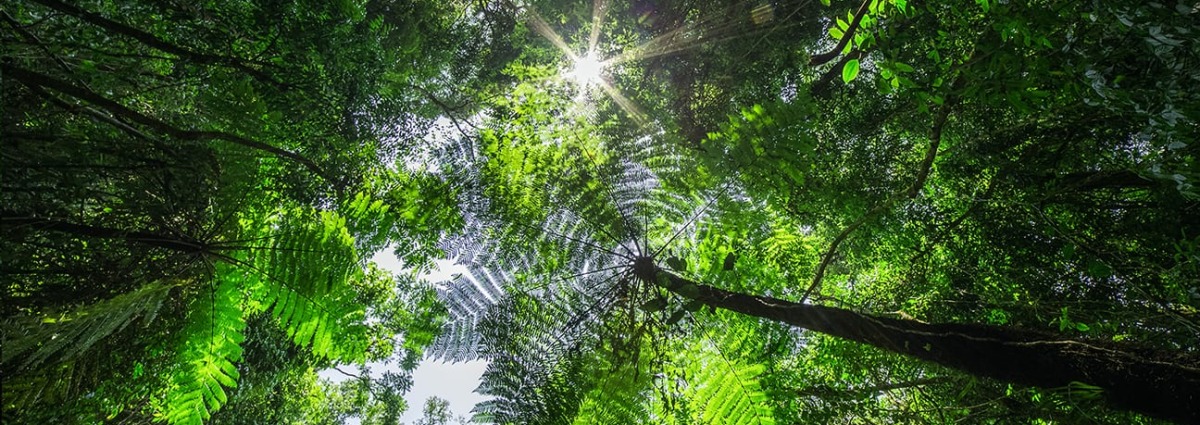
We Value Transparency.
Conservation work is critical, challenging, and can be costly. We work hard to ensure we raise only the funds needed for each project. In the rare case we raise more money than needed or a project comes in under budget, excess monies will be transferred to the Conservation Action Fund. This fund supports our important conservation work throughout the tropics.
Learn more about the Conservation Action FundLearn more about the Conservation Action Fund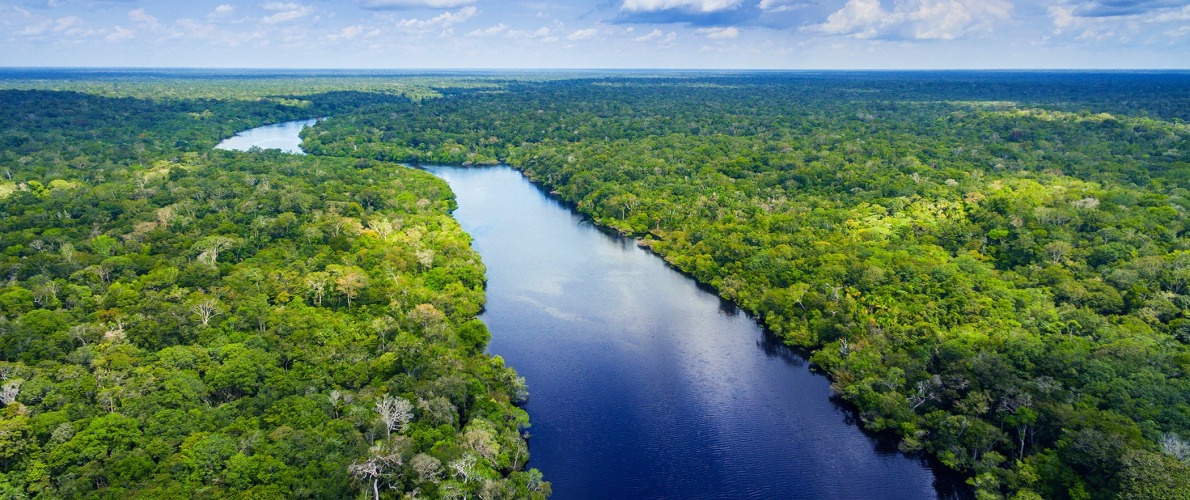
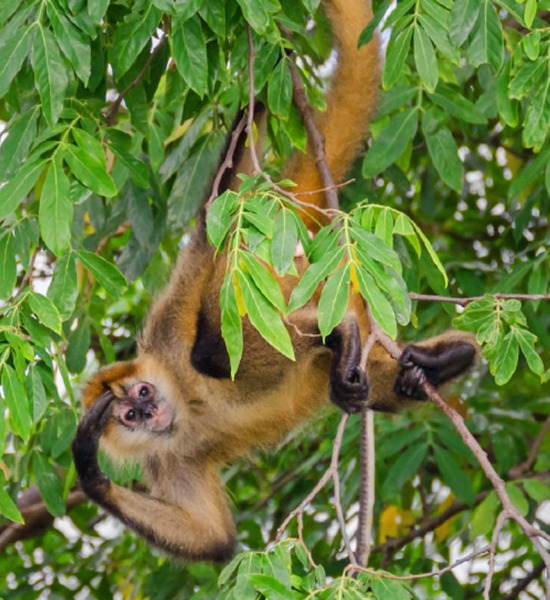

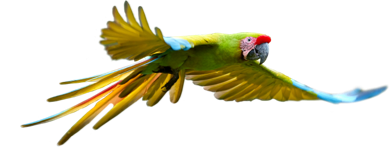
Partnering to Save Rainforest
Our partners’ ability to work with their governments and build strong connections with local communities ensures the successful implementation of our projects.
Learn More About This PartnerLearn More About This Partner
